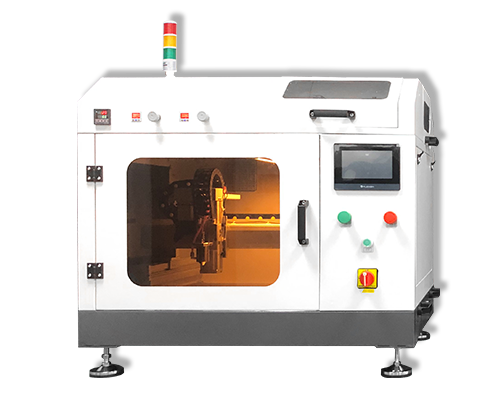Spray Coating of PEM Electrolysis Cells
Spray Coating of PEM Electrolysis Cells – Ultrasonic Coating – Cheersonic
Renewable energy generation is helping the world move towards a low carbon economy, but energy sources like wind and solar have their own set of problems. For example, it is difficult to balance the production of wind and solar energy with consumer demand. In addition, the best locations for wind turbines and solar panels are often located in remote areas where grid capacity is limited. Improvements in the storage and transport of energy are important additional conditions for expanding the production of renewable energy. Batteries are a familiar form of energy storage, but the metals used in mining them can be harmful to the environment and disposal of used batteries can be difficult. While in-depth research into improved battery design is a useful approach, the huge future demand for energy storage means that we also need to consider other methods. Energy storage systems based on electrolytic hydrogen can help solve the challenge of distributing wind and solar energy. A power generation facility can power an on-site electrolyser for separating hydrogen from water. The hydrogen is captured, stored in tanks or transported via pipelines to where it is needed. Hydrogen electrolysis is also required for industrial applications, such as the production of “green steel”.
Hydrogen extraction from water using a PEM electrolysis cells
In a PEM electrolysis cells, two electrode chambers are separated by a polymer membrane. Liquid water is circulated on the anode side. The electrolysis causes some water molecules to break down into oxygen and protons at the anode, which pass through the membrane and are reduced to hydrogen gas at the cathode and collected on the cathode side. Compared to other types of electrolytic cells, PEM electrolysis cells have the following advantages:
Small size
Flexibility
Easy to operate
Resistant to changing loads
Capable of operating under high pressure conditions
Although very promising, PEM electrolysis cells have not yet been widely adopted, mainly due to their high cost. The use of iridium on the anode side of the device and platinum on the cathode side is required for catalysis to take place. Although the amount of metal used in a hydrogen electrolyser is very small compared to that used in a battery, iridium and platinum are some of the rarest metals on the planet. The high cost of obtaining these metals means that PEM electrolysis is not yet economically viable. Iridium, in particular, is both expensive and degrades during operation. Improving the durability and conversion efficiency of the anode-side iridium layer is therefore the focus of research into PEM electrolysis cells. Redesigning the geometry of the electrolyzer has the potential to make more efficient use of the catalytic material.
Cheersonic ultrasonic coating systems produce highly durable, uniform, coatings of carbon-based catalyst inks onto both fuel cell and electrolysis processes for proton exchange membrane (PEM) electrolyzers such as Nafion, without deformation of the membrane. There is benchtop ultrasonic coater UAC4000L which is popular in laboratory R&D and low volume production.
About Cheersonic
Cheersonic is the leading developer and manufacturer of ultrasonic coating systems for applying precise, thin film coatings to protect, strengthen or smooth surfaces on parts and components for the microelectronics/electronics, alternative energy, medical and industrial markets, including specialized glass applications in construction and automotive.
Our coating solutions are environmentally-friendly, efficient and highly reliable, and enable dramatic reductions in overspray, savings in raw material, water and energy usage and provide improved process repeatability, transfer efficiency, high uniformity and reduced emissions.
Chinese Website: Cheersonic Provides Professional Coating Solutions


